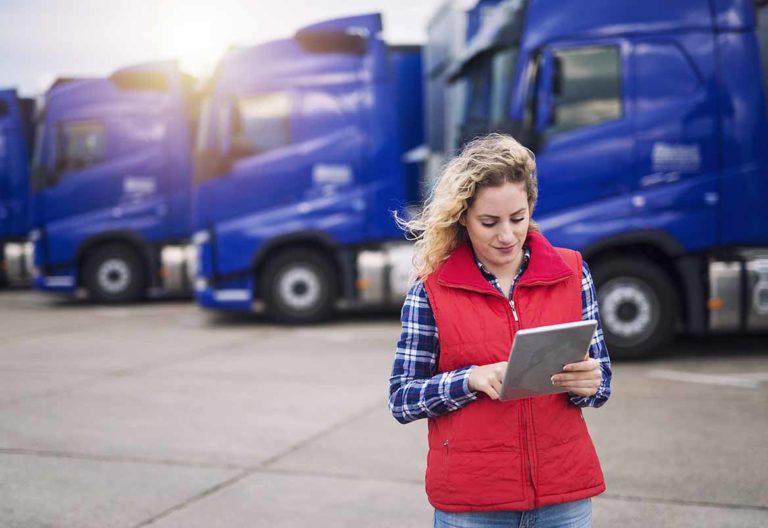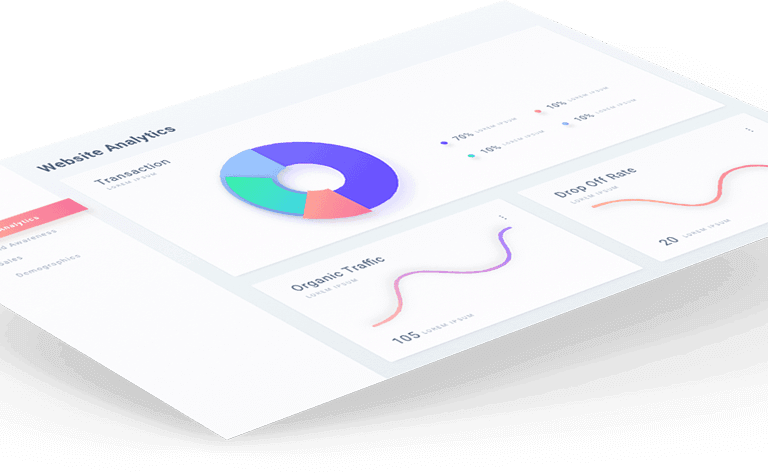Food delivery companies face a fair bit of daily challenge ranging from on-time deliveries, cold cargo chain monitoring, and ways to avoid wastage depending on the time of the season or any other weighing-in factor.
Also, factors like traffic jams, roadblocks, longer routes and random weather changes impact the food delivery business heavily and can be nightmarish for the business.
Additionally, both wastage and spoilage, imply reduced profits, loss of fuel, and dissatisfied customers all along.
Apart from it, with the rise of online media reviews, every time a customer leaves a bad review for the restaurant or the food supplier that relies on you to get the delivery made, it makes the whole scenario harder for your business and generates constraints for your food delivery business to have a continued relationship with the client, be it a restaurant or a supermarket or a fast-food chain for that matter.
The Obstacles…
1. Speedier On-Time Deliveries
A majority of the people when quizzed through a survey answered that they don’t mind paying extra just to get their food ordered delivered on time. Also, it’s a no-brainer to understand that cold food served causes nothing but dissatisfaction. Thus, it becomes paramount for food delivery companies to deliver food, on time, while it is hot to serve. To make sure that this process stays and remains functional and optimised is only possible through a fleet management software that helps fleet managers schedule delivery and dispatch based on orders and underlying requirements.
“A fleet management software can also help fleet drivers choose the best possible route while on the job to make, on-time deliveries possible.”
2. Keeping The Produce Fresh
More than just hot food going cold, keeping eatables fresh at the optimised temperatures to extend desirable shelf life is important. It’s understandable that if the food gets spoilt on the way, it often gets returned or rejected which is not good for any business dealing within the food industry.
To counter this problem, equipping vehicles with temperature trackers and IoT sensors can bring down the spoilage, next to nil. When these temperature sensors are integrated with a fleet management system, alerts or notifications can be sent to drivers and fleet managers whenever the temperature of the given asset crosses the desired threshold. Based on the data, measures can be taken to avoid such a scenario which helps in extending the shelf-life of perishable items, as well as ensures the quality of products and promotes better customer service.
3. Higher Fuel Consumption
Fuel usage is one of those expenses that can not be avoided if you are running a food delivery business. However, if fuel usage is not monitored correctly, it can do more harm than good to the business. If the business integrates a fleet management software into their daily operations, behaviours like excessive idling, harsh acceleration, longer routes and unplanned journeys can be identified and avoided. When these behaviours are arrested, fuel usage can be optimised and this helps bring a positive change to the bottom line of the business.
4. Unplanned Eventualities
The food delivery business can be unpredictable depending on any given day, irrespective of the season. It can vary from increasing the number of orders to be sent out to restaurants increasing delivery slots. All these can be real-time situations and having the fleet manager, the driver and the business communicating constantly can help move things forward in a more proper manner. When the business integrates a fleet management software into the daily mix of things, better communication optimised routes, and automated vehicle utilization alongside scheduling is possible which can be implemented up to the last minute with active alerts and notifications shared across all stakeholders in real-time.
5. Service Zones
Making the delivery in time is just one part of the game in the food delivery business, however, identifying spots where scheduled stops have to be made where the fleet driver can park the vehicle to make the delivery are equally important to promote speedier delivery and dispatch based operations. With geofencing enabled and triggered through a fleet management software, both fleet managers and drivers can locate and isolate delivery locations, pin delivery slots, and optimise routes to reduce the time to pick up the order and make a quicker delivery. When this system is completely optimised, it enhances better productivity and helps promote a happy customer experience.
6. Customer Relationships
With the progression of time, customers have become more reliant on technology, wherein they order the food to be delivered with one click. Such customers also like to track where their order is, and how soon it can reach them. With such service level expectations, imparting a fleet management solution is essential to keep customers happy through good service and it also helps keep the business running efficiently and productively. GPS fleet tracking helps transmit the driver’s exact location in real-time, with accurate estimated time of arrival. Businesses can also use this data to be shared with the customer over a smartphone app to notify them about the incoming delivery and when to expect it. This system adds a layer of transparency between the restaurant, the food delivery company and the customer which in turn over leads to a productive and optimised experience.
The Solution
With the right fleet management solution, your food delivery business is always prepared to take up tasks in random succession, make strategic changes on the go and implement solutions that generate a positive impact on your bottom line.
With technologies like real-time vehicle location updates, fuel usage & GPS tracking, temperature monitoring, custom alerts and constant customer communication, your business can do more in less time and in turn boost the overall efficiency, productivity and profitibality of the business.
With Linxio, maintaining your fleet vehicles is easier through our future-ready telematics solutions that offer real-time GPS tracking, geofencing alerts and notifications, digitised logbooks and better driver communication.



